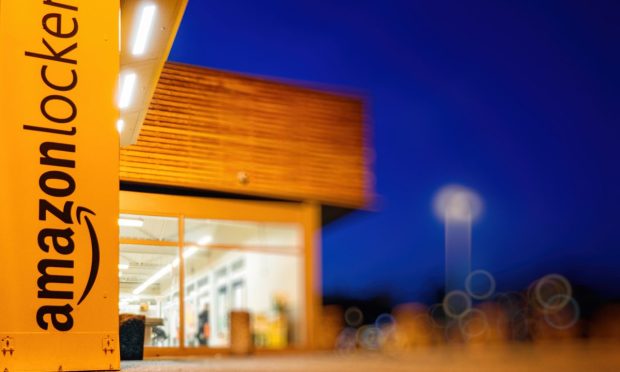Retailers Now Pay Consumers to Pick Up Their Online Orders

With as much as half of all delivery costs occurring in the last mile, and prices across the board rising at the same time that consumers are continuing to demand they pay nothing for shipping, several brands are rewarding customers who choose to pick up their purchases rather than have them shipped to the front door.
Saks, for example, is currently offering a $25 gift card toward a future purchase when customers decide to utilize the retailer’s buy online, pickup in-store (BOPIS) capabilities at the location nearest to them. In addition to cutting down on costs, this also brings traffic into the store, giving Saks a chance to show customers items they may have overlooked online.
PYMNTS research, conducted in collaboration with Carat from Fiserv, has found that 44% of consumers say the availability of BOPIS would encourage them to shop at physical stores, including over 52% of Generation Z, 46% of bridge millennials and over 45% of Generation X.
See: 5,000 ‘Need It Now’ Consumers Tell PYMNTS What They Expect, Value Most From Retailers
Amazon, meanwhile, is offering consumers $10 to try one of its Amazon Hub pickup points, which include lockers and counters at regularly trafficked locations, such as train stations, convenience and grocery stores, and public places that can be accessed using the eCommerce company’s app.
Amazon has an over 50% share of the U.S. eCommerce market, and with 87% of consumers planning to shop online this holiday season — a 10 percentage point jump from last year — the company is likely to see substantial demand. In fact, over 70% of Black Friday shoppers visited Amazon during the unofficial kickoff to the holiday shopping season, PYMNTS researchers found, by far the most frequented online merchant.
See more: Holiday Shopping Outlook Suggests ‘Amazon Christmas’ May Be Underway
Demanding Delivery
Since the start of the pandemic, eCommerce sales, and therefore home deliveries of products, have skyrocketed, shifting consumer behavior perhaps permanently. Chris Abele, vice president of product strategy at Fiserv, told PYMNTS that consumers are increasingly making decisions about whether to shop in-store or online based not on product availability but rather what their schedule allows and when they need an item.
The shift, he said, comes from consumers’ “18 months of being trained by the COVID environment” to think ahead about household staples such as toothpaste and cosmetics. “They’re more used to not having the option to go to a store and needing to plan ahead when it comes to those types of things,” he added.
Read more: COVID Taught Consumers That 2-Day Delivery Tops Instant Gratification
But as vaccinations have risen and people have become more accustomed to and comfortable with safety precautions against COVID-19, many brands have sought to use their physical assets as fulfillment centers — and, through curbside pickup and BOPIS, offload some delivery demand to customers rather than relying on Instacart, DoorDash or other same-day delivery providers.
The Free Shipping Pitfall
This helps retailers avoid having to balance shipping costs with potentially losing a customer. Free shipping is among the most important features to customers, with nearly 50% saying the inability to receive free shipping would cause them to switch merchants.
Because despite what shows up on the checkout page, “there’s no such thing as free delivery,” Nancy Korayim, founder and CEO of last-mile delivery company Metrospeedy told PYMNTS earlier this year. “I mean, someone is paying for the cost, and it’s usually the businesses that are absorbing the expense.”
Related: 50% of Delivery Costs Occur in Last Mile, Putting Pressure on Transport Providers
